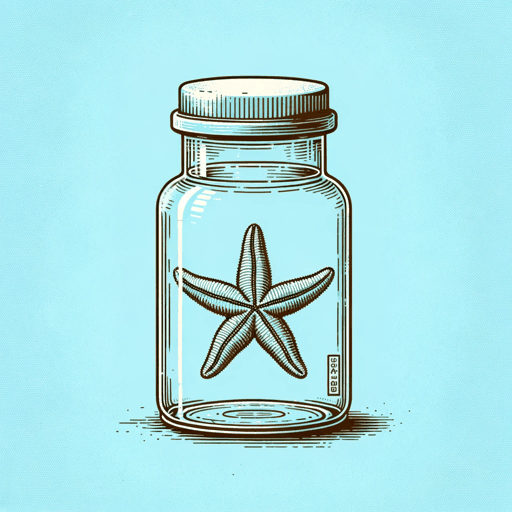60 pages • 2 hours read
John SteinbeckCannery Row
Fiction | Novel | Adult | Published in 1945A modern alternative to SparkNotes and CliffsNotes, SuperSummary offers high-quality Study Guides with detailed chapter summaries and analysis of major themes, characters, and more.
Summary and Study Guide
Overview
Cannery Row by John Steinbeck was originally published in 1945. A Nobel Prize-winning writer, Steinbeck grew up in Salinas, California, which is near Monterey—the location of Cannery Row. Aside from a few years in Palo Alto, New York, and Los Angeles, Steinbeck spent most of his adult life living in Monterey County, and he drew on his personal experiences to write Cannery Row.
Considered literary fiction or classic literature, Cannery Row is realistic and was written close to the time in which it’s set—the era of the Great Depression. Steinbeck focuses on portraying the lower-class community, or people on the edges of respectable society, as well as the local landscape and animals. Cannery Row and its sequel, Sweet Thursday, were made into a film, directed by David S. Ward, in 1982. J. R. Hall wrote a theatrical adaptation, which was first performed in 1994. The novel explores several main themes: The Function of Community, Questioning the Nature of Success, and Sense of Place.
This guide cites the 1994 Penguin Classics edition, which includes an introduction by Susan Shillinglaw.
Content Warning: This novel contains depictions of death by suicide, infanticide, and alcohol abuse. In addition, it contains several outdated, offensive terms for Chinese immigrants, which this guide cites only in direct quotes from the novel.
Plot Summary
Cannery Row is an ensemble piece that follows numerous characters in Monterey. The story is set during the time of the Great Depression, and most of the characters struggle to make ends meet, relying on community and their wits to survive. The novel’s major plotlines center on Doc, a marine biologist; Mack and his friends; and Lee Chong, a Chinese immigrant who runs a grocery store. The novel uses the point of view of an omniscient third-person narrator.
Lee and his store are described in great detail and appear in many chapters. He supplies the community with a variety of goods, extends lines of credit, and accepts trades (such as real estate, a truck, and animal specimens) in payment for grocery bills. In addition to gathering his grandfather’s remains and sending them back to China, Lee attends the two parties that Mack and his friends organize for Doc, and brings gifts to the second party.
Mack and his friends—Hazel, Eddie, Jones, Hughie, and Gay—initially inhabit the vacant lot next to Lee’s store but eventually take up residence in a building that Lee receives in exchange for a grocery bill. They furnish it in their unique way, and the place becomes known as the Palace Flophouse. They spend much of their time drinking and playing card games, but one day they decide to organize a party for Doc, who has been kind to them. To fund the party, they offer to collect frogs for Doc, since he pays cash for specimens. They must borrow Lee’s truck to travel to the Carmel River to collect frogs. The truck isn’t in working condition, however, so the men repair it. Gay heads the repairs until a series of misadventures while he’s looking for a part lands him in the Salinas jail.
When the men arrive at the Carmel River, they encounter a veteran who tries to run them off his land. Mack persuades the veteran to allow them to collect frogs from his pond, to drink with them for many hours, and to give them a puppy. Once back on Cannery Row, Mack convinces Lee to take some frogs in exchange for alcohol, food, and other party supplies. Mack and his friends take the party supplies and the rest of the frogs to Doc’s laboratory. They begin the party while Doc is on a trip down the coast, and by the time he returns, they’ve trashed the place. The frogs escape, and many valuable items, like Doc’s record player, are broken. When Mack tells Doc what happened, Doc hits him a couple times and then offers him a beer. This confrontation allows Doc to forgive Mack and his friends, but the community continues to condemn them.
To smooth things over, the men decide to throw Doc a second party—a surprise birthday party. Doc lies about the date of his birthday, and the whole community comes together to organize the event, excitedly gathering gifts. Doc learns about the party and makes preparations to protect his things; in addition, he gathers some supplies, like food and alcohol. The second party is a great success. Although a few fights break out and the laboratory sustains some damage, Doc is pleased because he attends and oversees the whole event this time.
Before the first party, Doc and Hazel collect starfish, and Doc helps a boy named Frankie, who was kicked out of school due to intellectual and physical disabilities. Additionally, Doc travels to La Jolla, California (and it’s during this trip that the first party occurs). Doc drives down the California coast to a tidal flat to collect octopi, stopping along the way for food and beer. After he collects all his specimens, he finds the body of a dead girl in the water and asks a local resident to report it to the police.
Interspersed throughout the novel are stories about other residents of Monterey. The novel portrays sex workers in a positive light, describing the madam Dora Flood and her employees at the Bear Flag Restaurant. They help the community on several occasions; for example, Dora pays people’s grocery bills during the Great Depression, and her Greek cook makes soup that the women take to families during the influenza epidemic. Dora suggests that Mack throw the second party for Doc; her employees sew a quilt for Doc and attend the party in shifts so that the women are available to see clients at the Bear Flag.
Adding depth and color to the novel are anecdotes about other residents of Monterey, including the town’s excitement over a man who roller-skates around the flagpole on top of Holman’s Department Store. Henri, an artist, continually builds a boat and lives in it but never finishes the project; his relationships with women fail because the boat doesn’t have a bathroom. Sam Malloy and his wife live in a boiler that was discarded by the Hediondo Cannery and sits in the vacant lot; they collect rent from men living in other large pipes on the lot, and Mrs. Malloy tries to decorate the boiler.
Mary Talbot throws parties to cheer up her husband, Tom; they struggle financially, so these parties are often tea parties for cats. A boy in the neighborhood, Andy, yells a racist comment at an unnamed Chinese immigrant who walks through Cannery Row at dusk and dawn; the Chinese immigrant looks at Andy, who sees a disturbing vision in his eye and never bothers the man again. Other children, Joey and Willard, argue about Joey’s father and fight over a penny. In addition, the novel describes the lives of animals, including a gopher.
The novel ends with Doc cleaning up after the second party. While washing dishes, he recites poetry.
Related Titles
By John Steinbeck
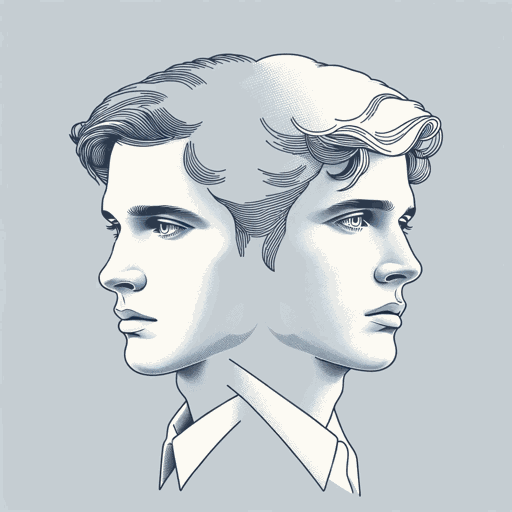
East of Eden
John Steinbeck

Flight
John Steinbeck

In Dubious Battle
John Steinbeck

Of Mice and Men
John Steinbeck

Sweet Thursday
John Steinbeck
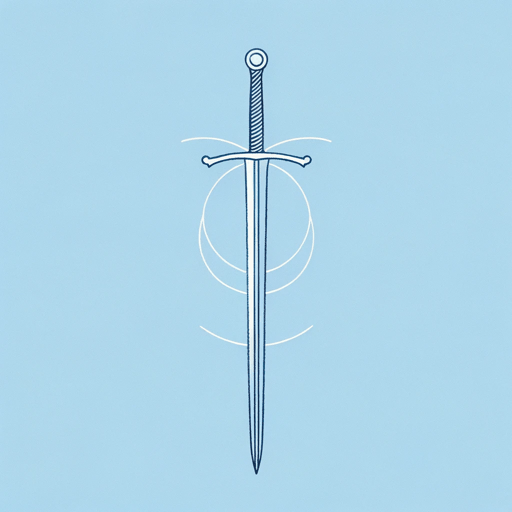
The Acts of King Arthur and His Noble Knights
John Steinbeck

The Chrysanthemums
John Steinbeck
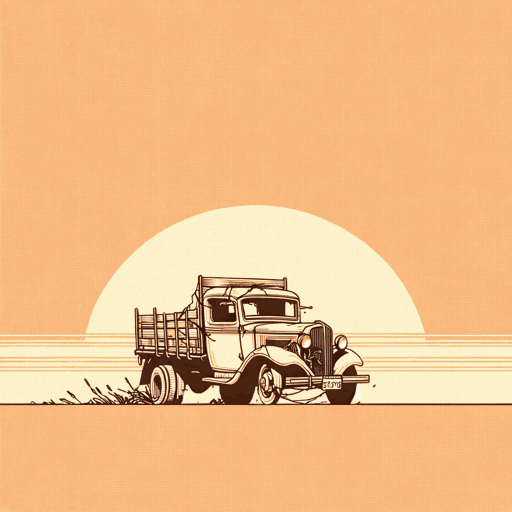
The Grapes of Wrath
John Steinbeck
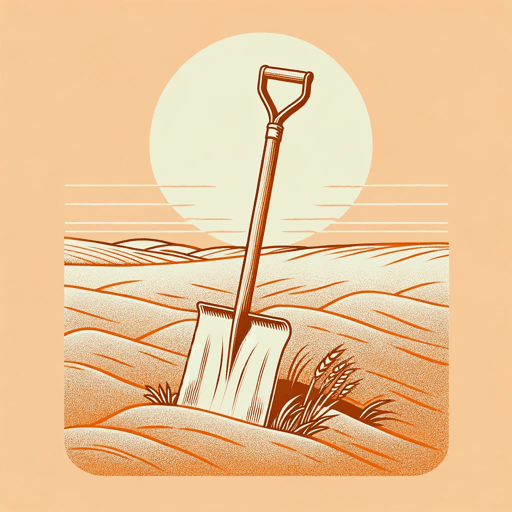
The Harvest Gypsies: On the Road to the Grapes of Wrath
John Steinbeck

The Log From The Sea of Cortez
John Steinbeck

The Long Valley
John Steinbeck
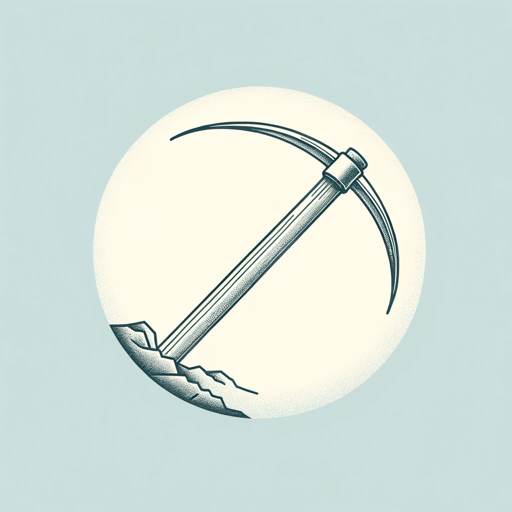
The Moon Is Down
John Steinbeck
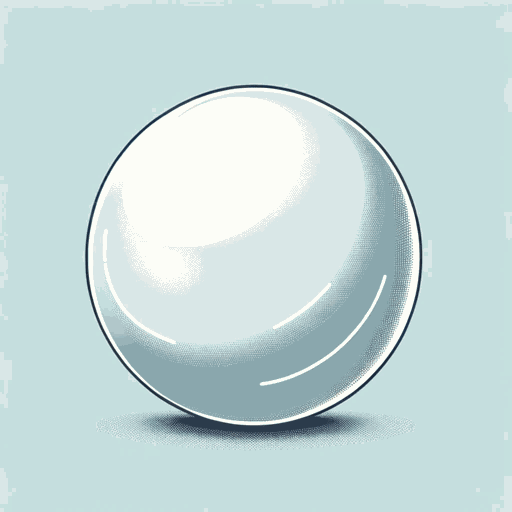
The Pearl
John Steinbeck
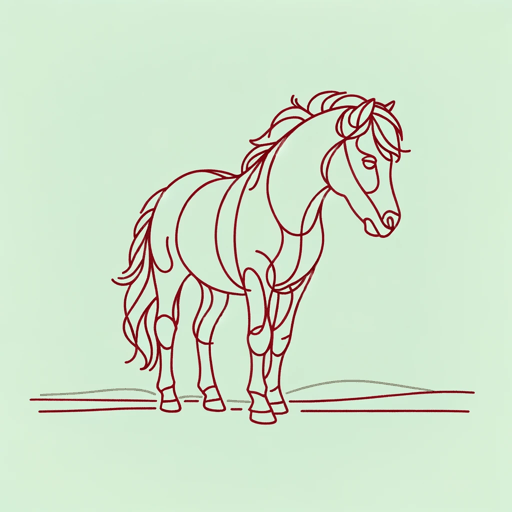
The Red Pony
John Steinbeck
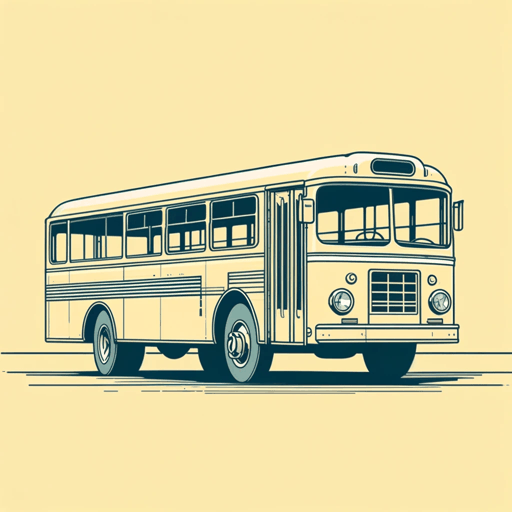
The Wayward Bus
John Steinbeck
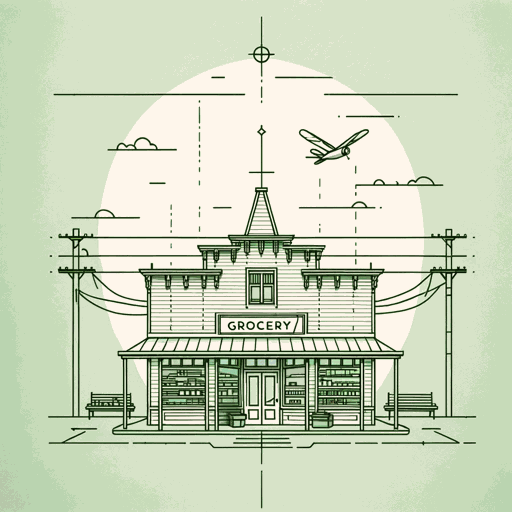
The Winter Of Our Discontent
John Steinbeck

To a God Unknown
John Steinbeck

Tortilla Flat
John Steinbeck
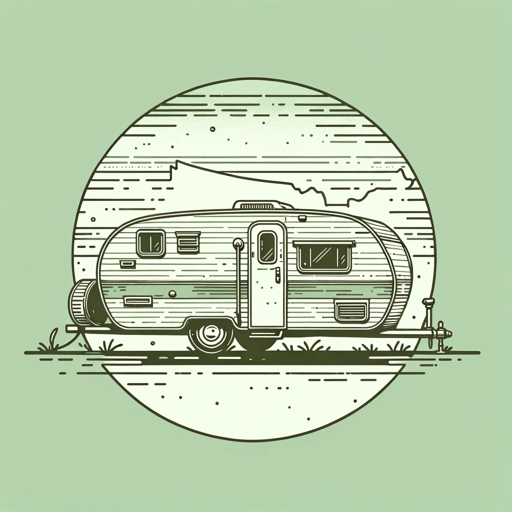
Travels With Charley
John Steinbeck
Featured Collections
Animals in Literature
View Collection
Anthropology
View Collection
Beauty
View Collection
Books About Art
View Collection
Community
View Collection
Earth Day
View Collection
Friendship
View Collection
Good & Evil
View Collection
Historical Fiction
View Collection
Nobel Laureates in Literature
View Collection
Philosophy, Logic, & Ethics
View Collection
Poverty & Homelessness
View Collection
Required Reading Lists
View Collection
Science & Nature
View Collection
Truth & Lies
View Collection
